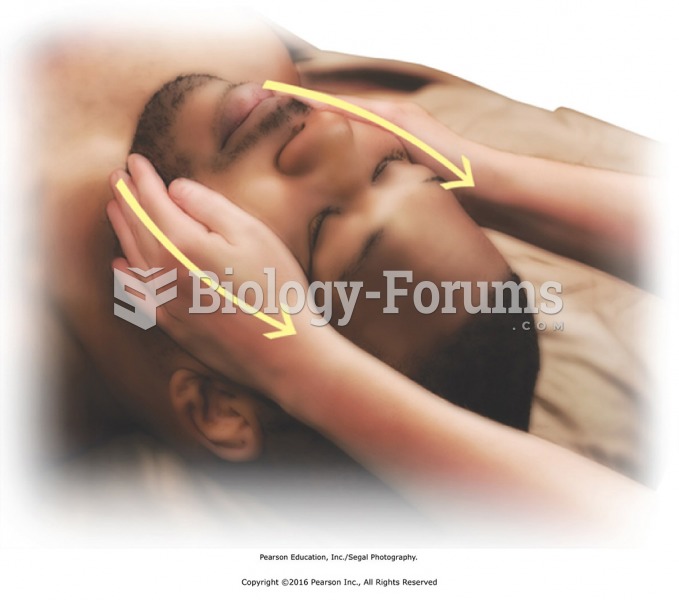|
|
|
To prove that stomach ulcers were caused by bacteria and not by stress, a researcher consumed an entire laboratory beaker full of bacterial culture. After this, he did indeed develop stomach ulcers, and won the Nobel Prize for his discovery.
A recent study has found that following a diet rich in berries may slow down the aging process of the brain. This diet apparently helps to keep dopamine levels much higher than are seen in normal individuals who do not eat berries as a regular part of their diet as they enter their later years.
Nearly 31 million adults in America have a total cholesterol level that is more than 240 mg per dL.
Bisphosphonates were first developed in the nineteenth century. They were first investigated for use in disorders of bone metabolism in the 1960s. They are now used clinically for the treatment of osteoporosis, Paget's disease, bone metastasis, multiple myeloma, and other conditions that feature bone fragility.
There can actually be a 25-hour time difference between certain locations in the world. The International Date Line passes between the islands of Samoa and American Samoa. It is not a straight line, but "zig-zags" around various island chains. Therefore, Samoa and nearby islands have one date, while American Samoa and nearby islands are one day behind. Daylight saving time is used in some islands, but not in others—further shifting the hours out of sync with natural time.
 Apply effleurage to face with palms. Place the hands gently on the face with fingertips at the jaw. ...
Apply effleurage to face with palms. Place the hands gently on the face with fingertips at the jaw. ...
 Apply knee to chest stretch for posterior hip and leg muscles. Facing the table directly, place one ...
Apply knee to chest stretch for posterior hip and leg muscles. Facing the table directly, place one ...
 Gently stretch neck muscles. Apply stretches with head in neutral position, lateral flexion, and ...
Gently stretch neck muscles. Apply stretches with head in neutral position, lateral flexion, and ...




